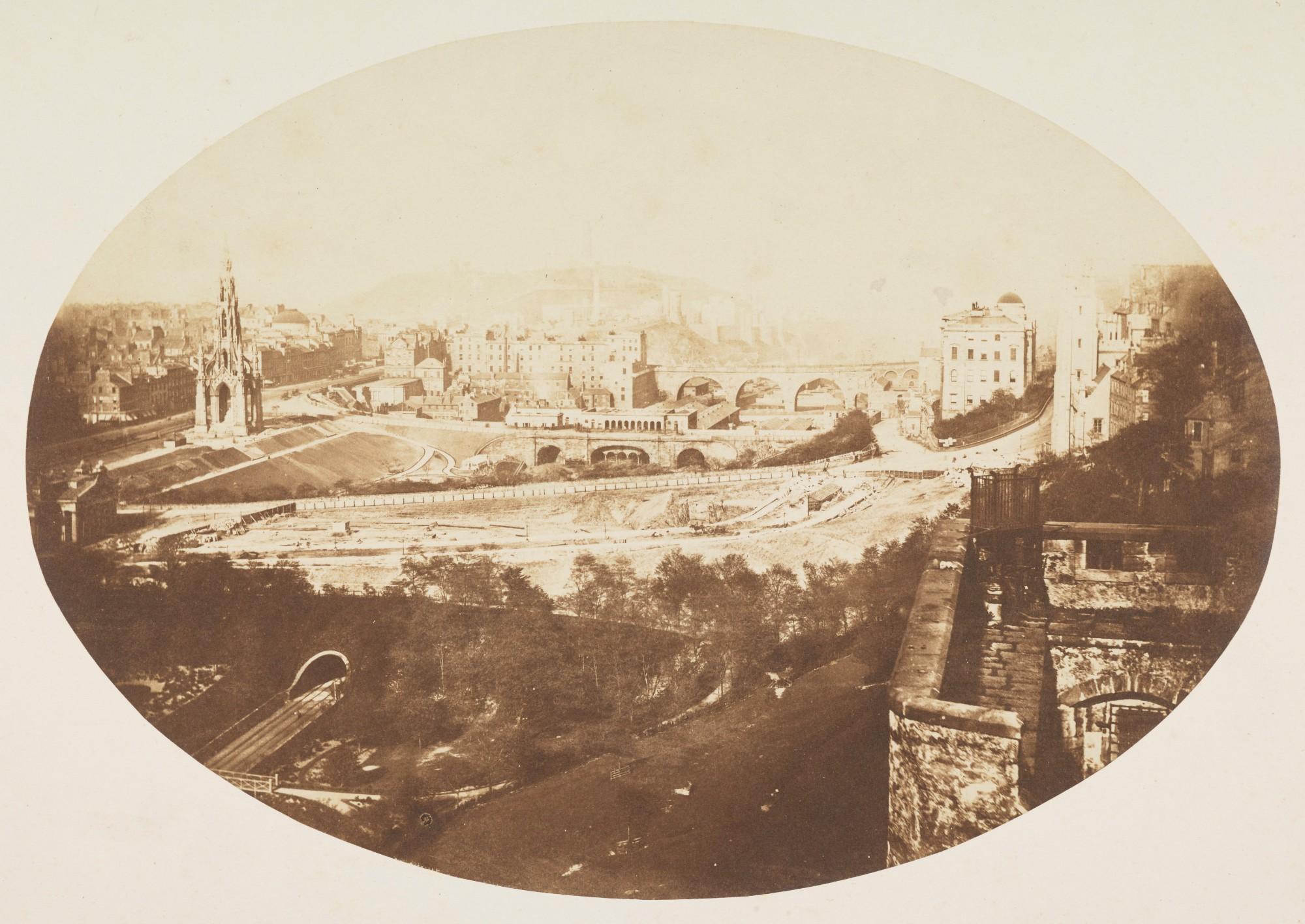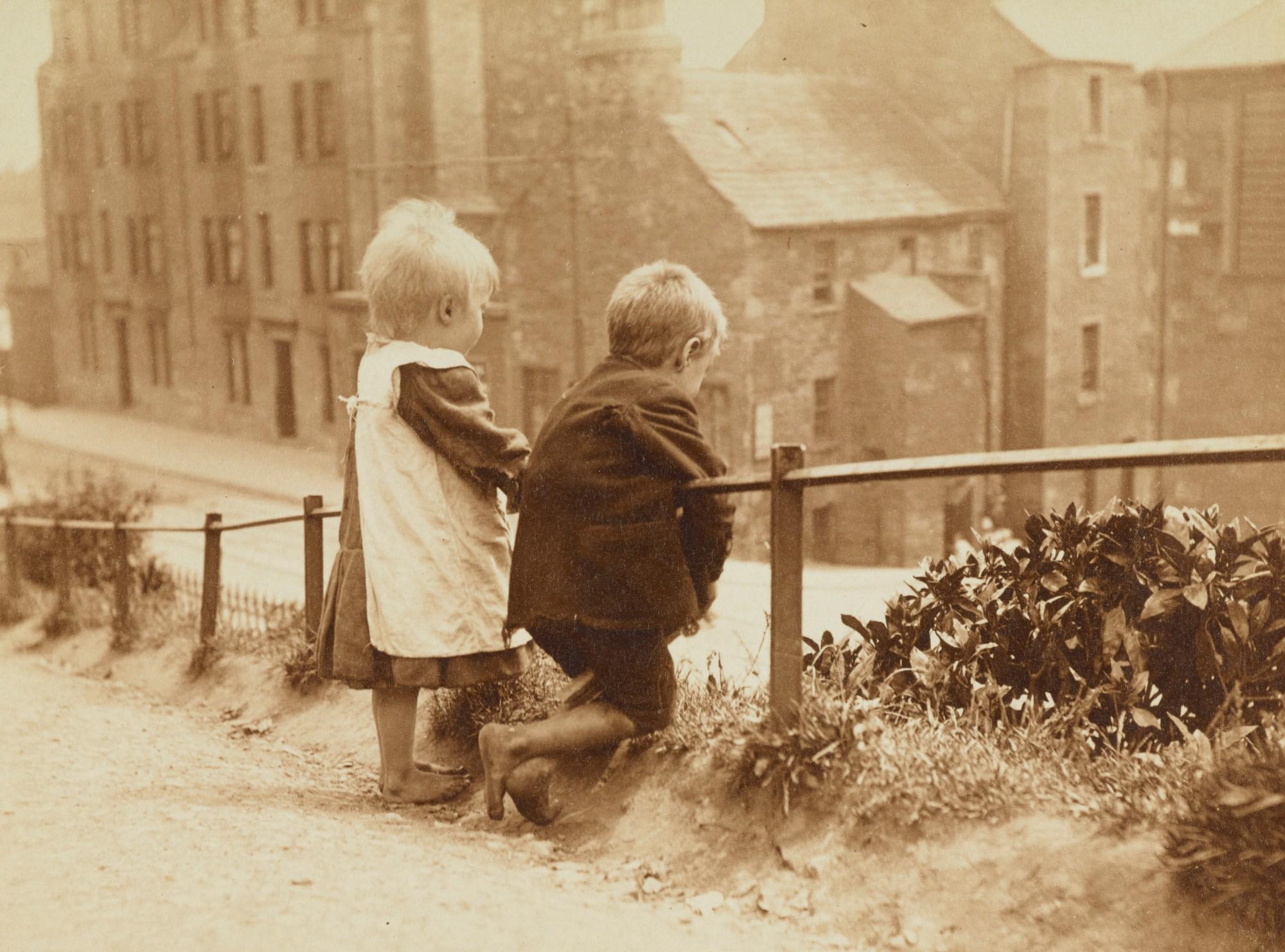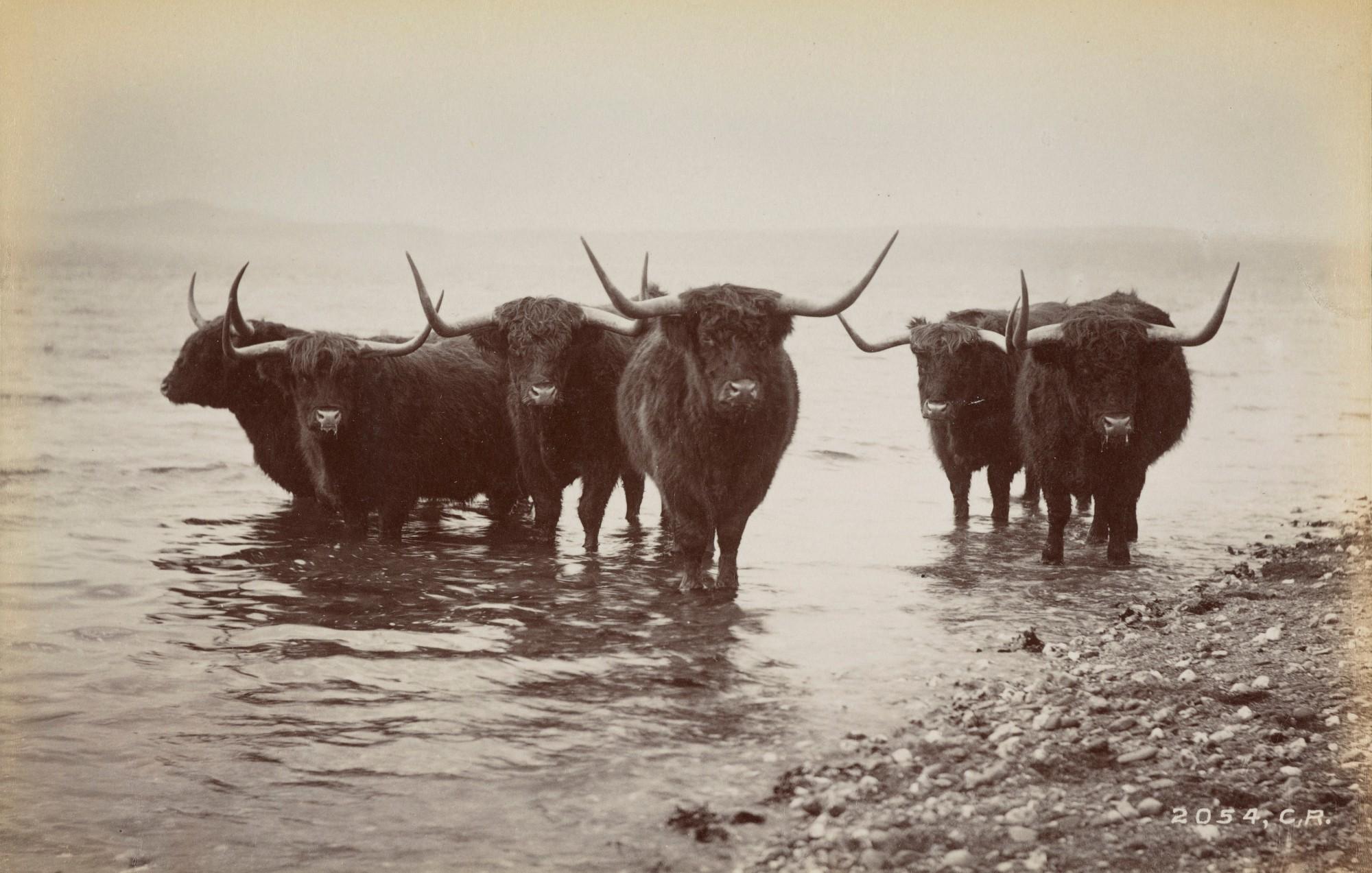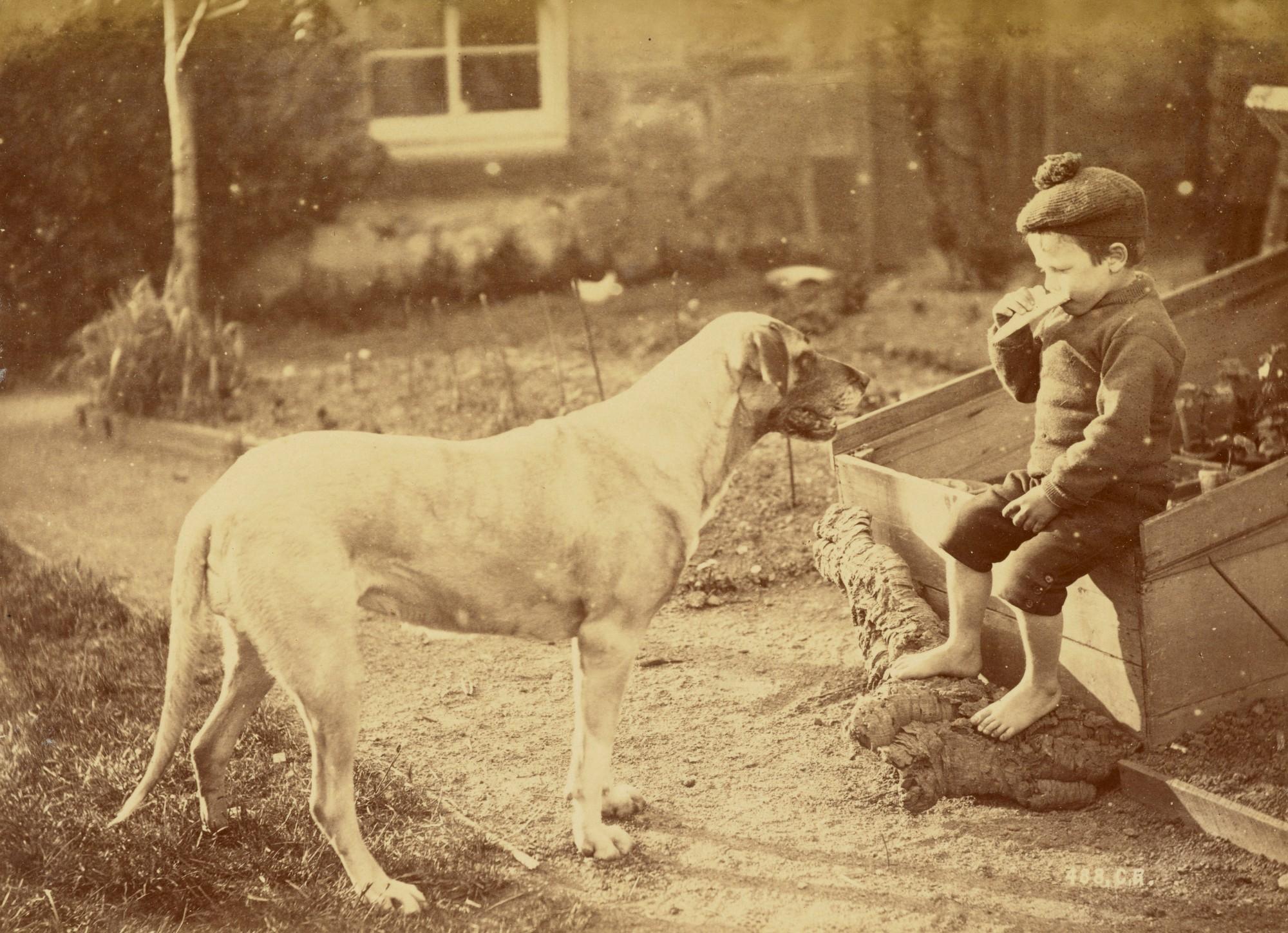The current exhibition at the Scottish National Portrait Gallery in Edinburgh, Scotland’s Photograph Album: The MacKinnon Collection, showcases the infinite, multiform beauty of Scotland, its people and traditions. The National Galleries of Scotland recently acquired, together with the National Library of Scotland, the images collected by the photograph-enthusiast Murray MacKinnon. The collection covers more than a century of Scottish history, from the 1840s until the 1940s. The exhibition presents the stunning images taken by well-known photographers, born in or inspired by Scotland, of the caliber of William Henry Fox Talbot, David Octavius Hill, Robert Adamson, Julia Margaret Cameron, Thomas Annan, Roger Fenton, and George Washington Wilson. The collection—more than 14,000 items—will be digitized over the next three years and will be available to view in its entirety online. A good number of images is currently on show at the Portrait Gallery in Queen Street, while a smaller part opens the exhibition Northern Lights: The Scottish Enlightenment at the National Library of Scotland.
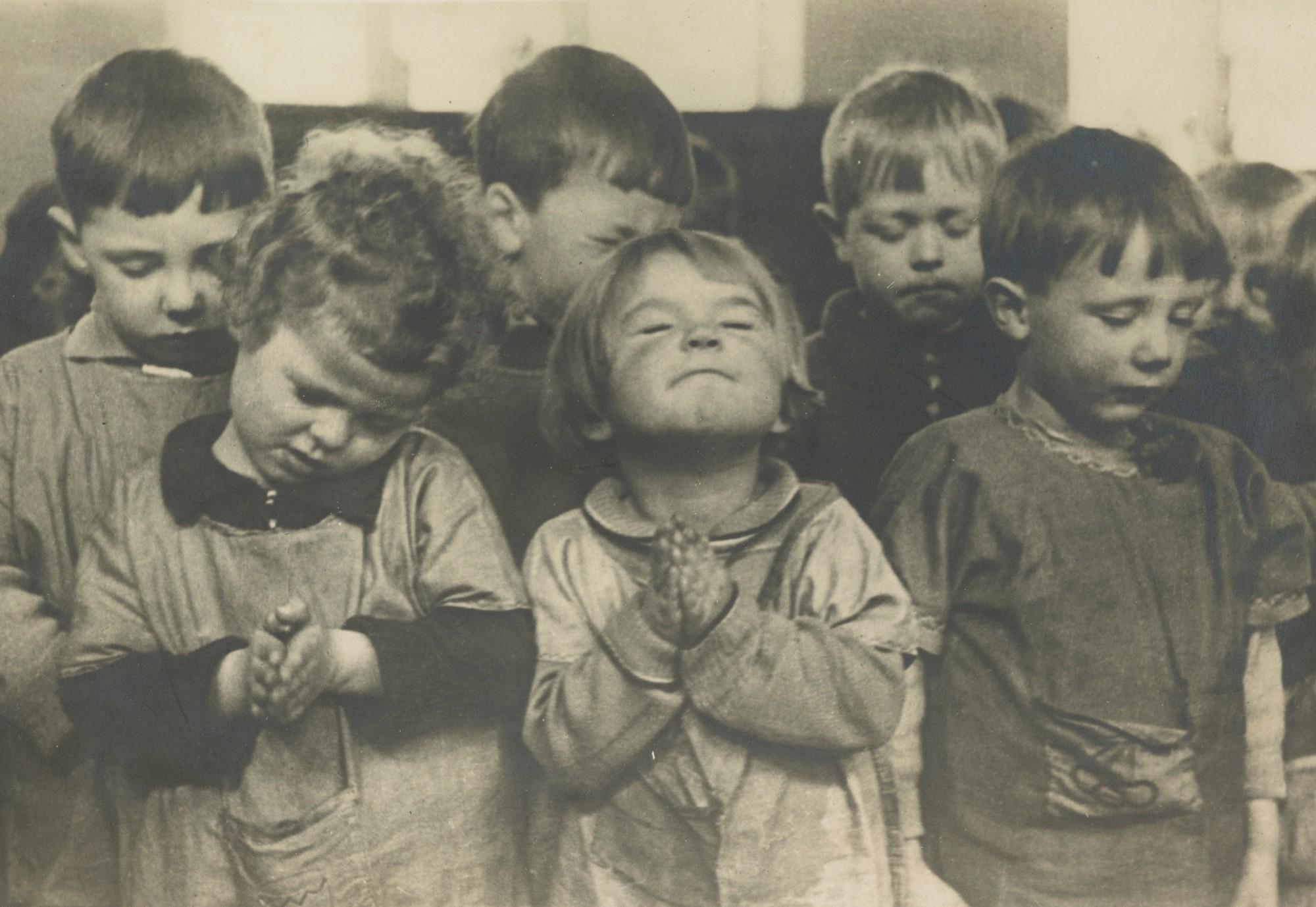
Unknown photographer, Morning Prayers, Gorbals Primary School, Glasgow, 1943. Silver gelatin print.
The almost religious silence of the museum was interrupted by the incredulous voice of a woman. “It’s my grandad! It’s him in this photo!” It could be perhaps eccentric in any other country in the world, but not in Scotland where the people might be few, but the ties between them are strong. Battered by the winds and surrounded by the sea, the Scots found ways to build communities, traditions, and an intellectual environment that the world must be grateful for.
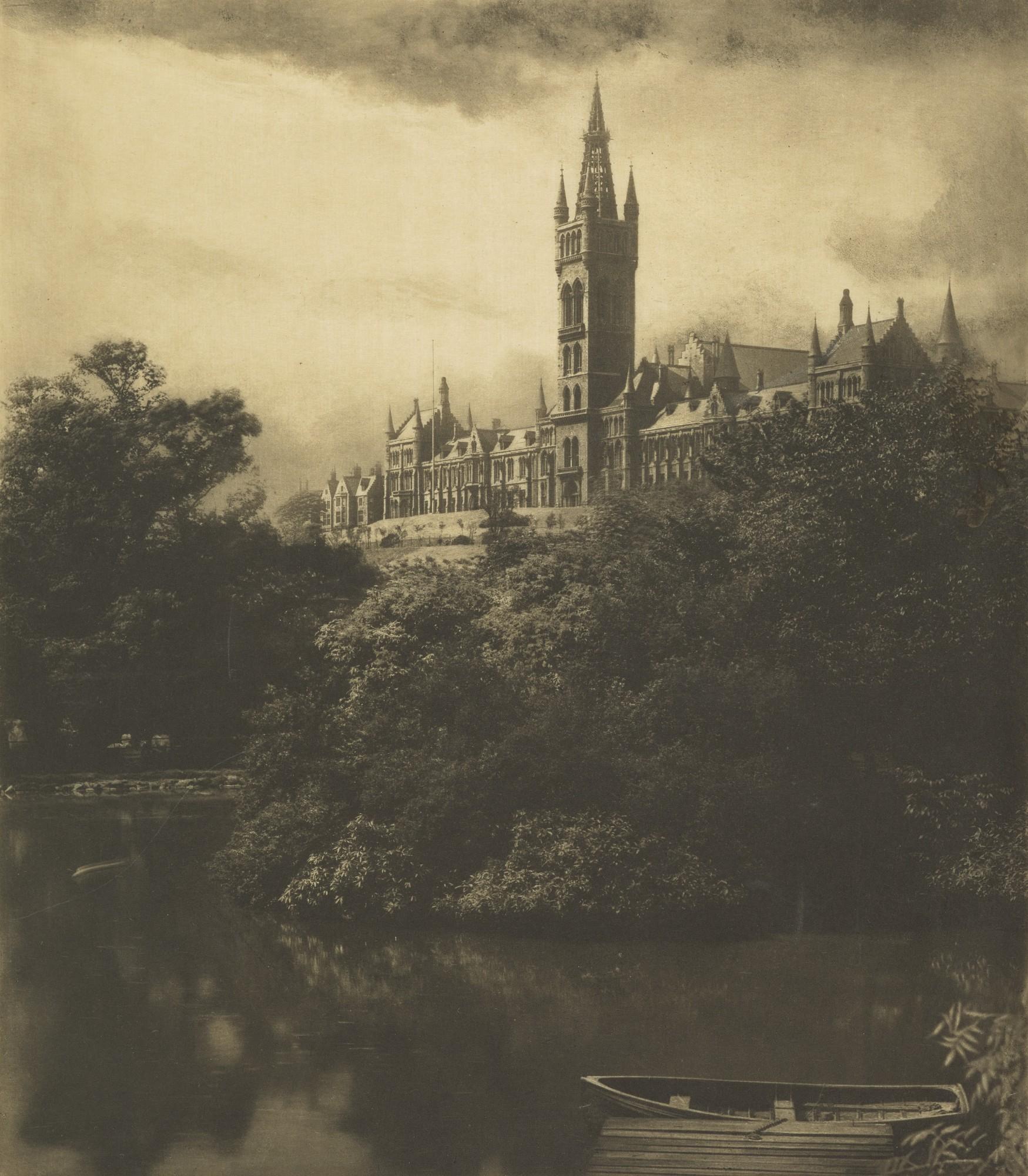
James Craig Annan (Scottish, 1864-1946), Glasgow University, 1898. Photogravure on Japanese tissue paper.
The Portrait Gallery exhibition opens with images of the Central Belt and Edinburgh. The photograph of the Scott Monument by James Ross and John Thomson shows how the Scottish capital looked like 170 years ago. Despite a few physiological changes, the city is immediately recognizable in all its beauty: Waverley station and Princes Street Gardens lie between the Old Town and the Castle on the right and the New Town and the gothic Scott Monument on the left.
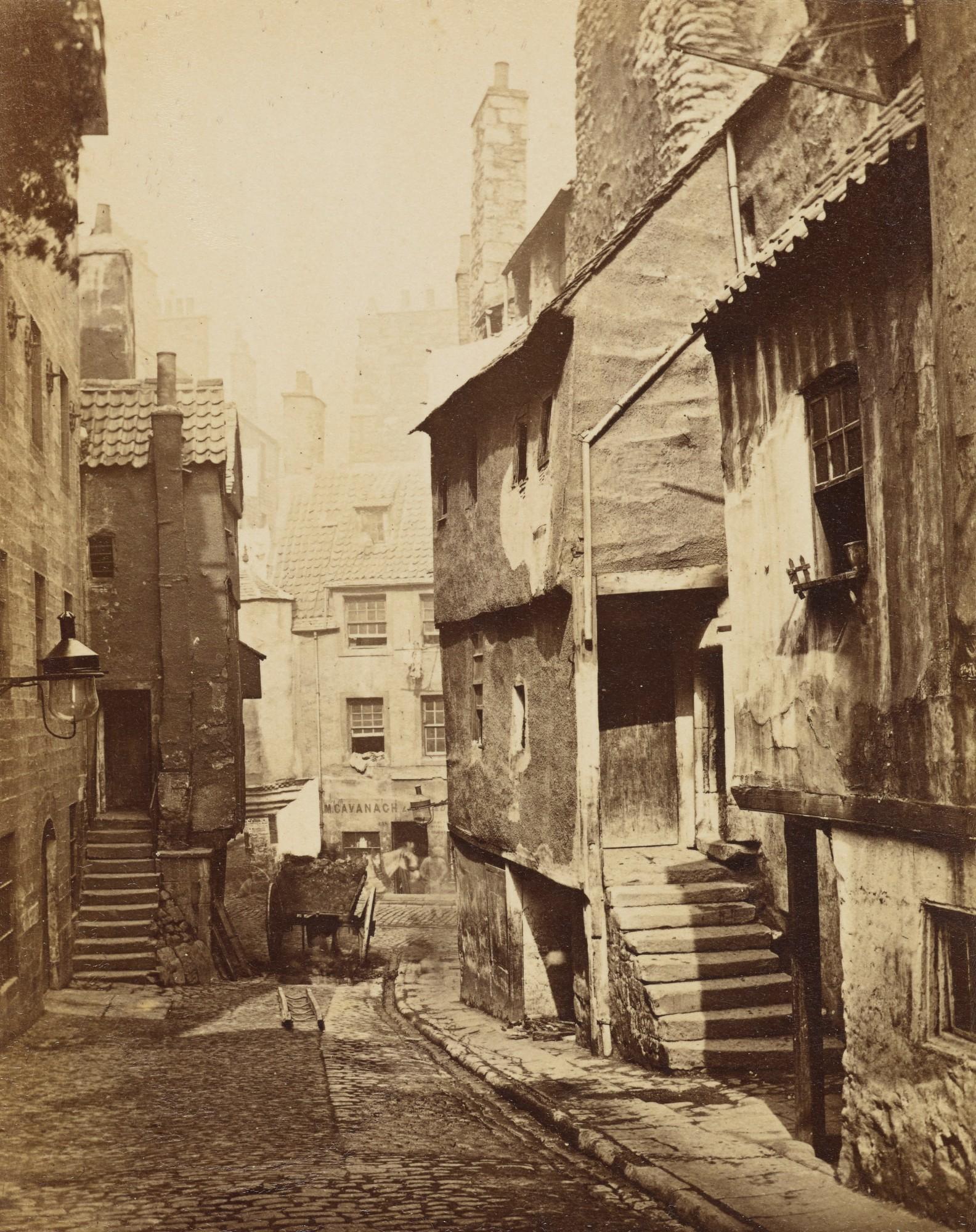
Archibald Burns (Scottish, 1831-1880), High School Wynd, Cowgate, from Picturesque “Bits” from Old Edinburgh, 1868. Albumen print.
The dark and narrow wynd and closes—Scots words respectively for lane and alley—of the Old Town were photographed by Archibald Burns, who published a book called Picturesque “Bits” from Old Edinburgh in 1868. Burns, known for his landscapes and architectural images, put together this photographic guide of the Old Town in order to raise awareness of crucial issues of the time such as the overcrowded accommodations and the poor sanitary system. A similar project was realized by Thomas Annan who showed the unsettling conditions of those who lived in Glasgow’s closes. Because of the long exposure times, the people who appear in Annan’s photographs are often blurred, conveying the unsettling feeling that the closes were the realm of ghosts.
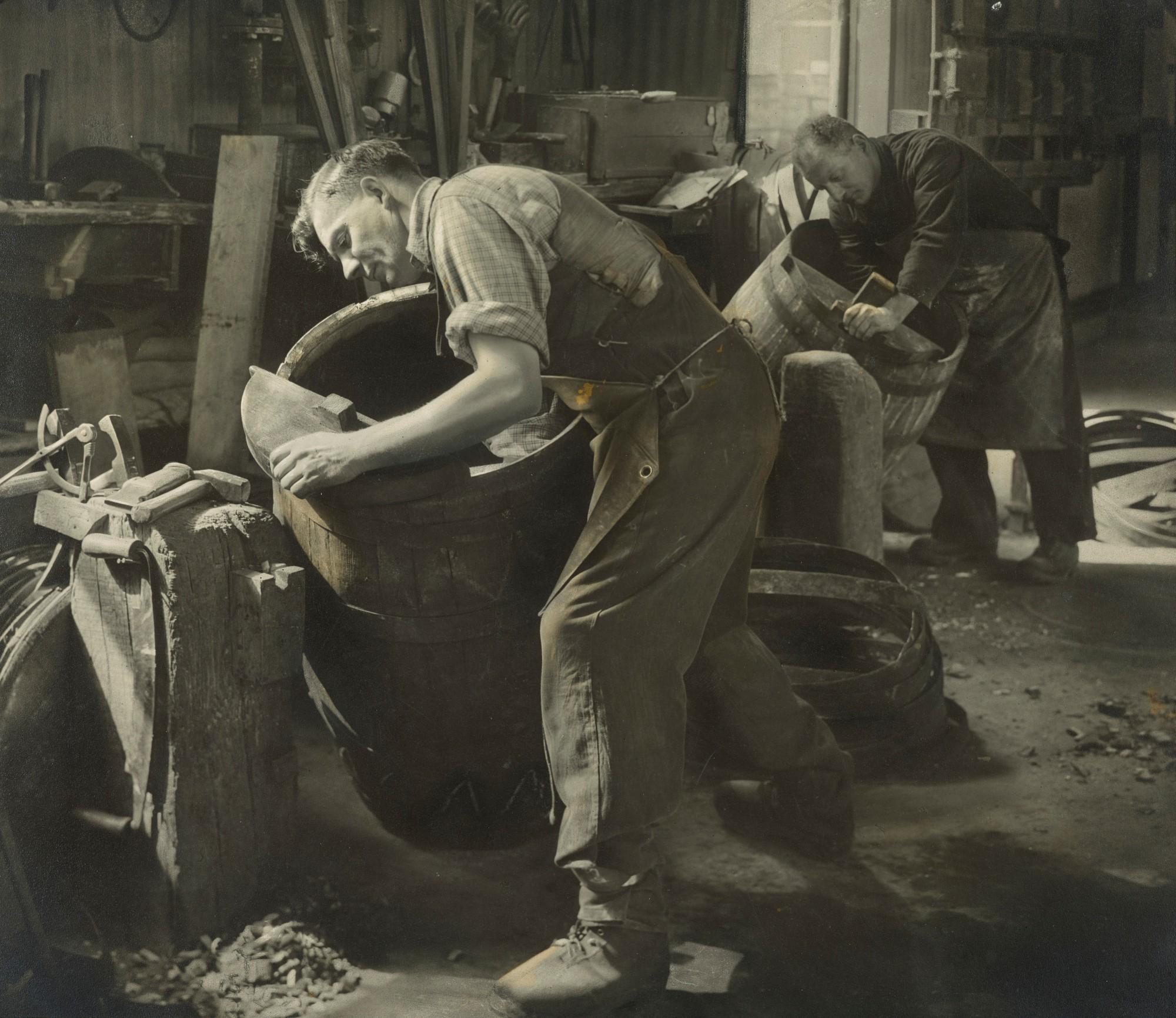
Unknown photographer, A Cooperage of Whisky Barrels, Speyside, c. 1930. Silver gelatin print.
The most fascinating images of this collection are the ones that show the daily life of the people: a woman spins wool in front of her house (1890), whiskey barrels are made in Speyside (1930s), crofters plant potatoes on the isle of Skye (1870s-80s), paper is cut at the Stonewood Mill in Aberdeen (1935). A constant element of surprise arises when looking at these photographs because they recorded some of the most important technological advancements of the twentieth century—for instance, the first steam engine (1910)—as well as the little events in a person’s life, like the encounter of a barefoot boy sitting on a cart with a hungry dog.
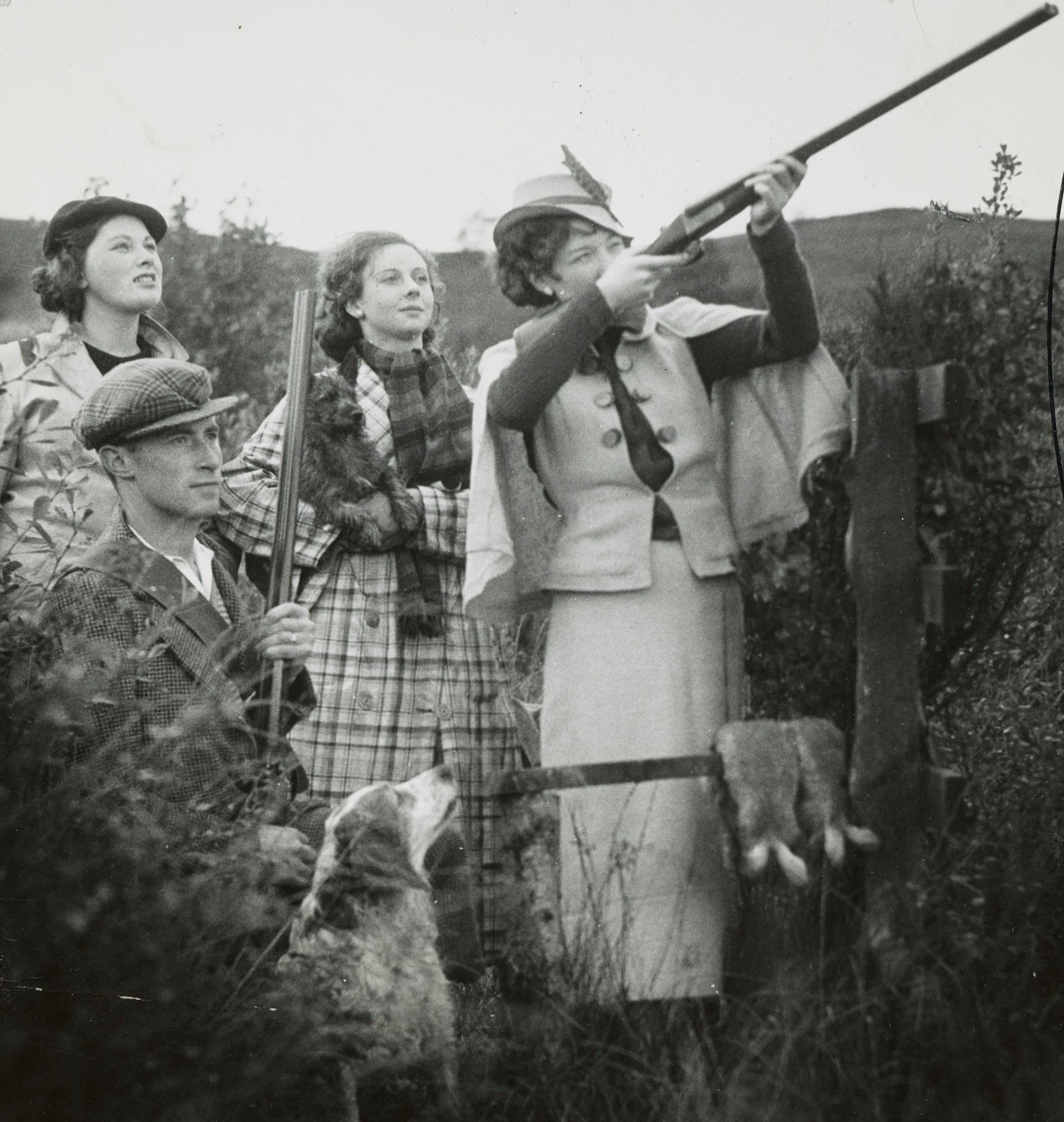
“Scotty” Kilpatrick (dates unknown), Hunting Party, Grouse Season, Ayrshire, 1936. Silver gelatin print.
The punctum, as the critic Robert Barthes noted in his Camera Lucida (1980), is the detail that sparks interest, what the spectator personally and instinctively reacts to in a photograph. The joy of looking at the MacKinnon Collection is in finding our own punctum, in being moved and surprised by the artistry of the images and the elements of a way of life that has now, for the major part, disappeared. Thanks to this exhibition we can travel back in time and witness the hardships, the courage, the resourcefulness, and the indestructible spirit of the Scottish people. One of the most prominent Scottish writers and poets of the twentieth century, Hugh MacDiarmid (1892-1978), asked the world: “Scotland small? Our multiform, infinite Scotland SMALL?” We now know the answer.
Scotland’s Photograph Album, The MacKinnon Collection is on show at the Scottish National Portrait Gallery in Edinburgh until February 16th, 2020.




